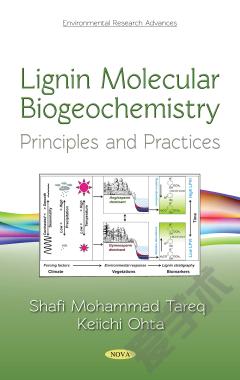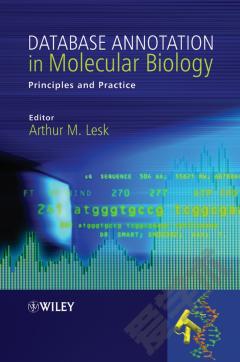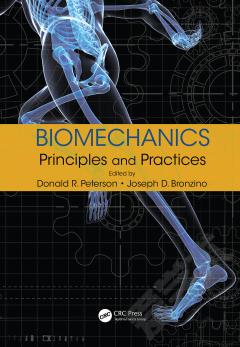Lignin Molecular Biogeochemistry: Principles and Practices
Lignin has been used as a proxy to study biogeochemical processes and transportation of land derived carbon from land to lakes, rivers, coastal areas and deep marine environments. The literature of such a topic is vast, however, there are few applications of lignin molecular biogeochemistry for reconstructing paleovegetation and climate changes (e.g., the lignin phenol vegetation index; LPVI) and it is not particularly useful unless the molecular level information of terrestrial plants is compiled together in a systematic way. Chemically, lignin has been regarded as comparatively resistant to various types of degradation in comparison to other plant components such as carbohydrates and hydrocarbons. This book shapes the current state of the art in lignin molecular biogeochemistry research that highlights the potential future applications for this important biomarker for vegetation change and land-derived biogenic carbon transportations. This book provides a unique and thorough look at the application of lignin molecular biogeochemistry to environmental changes and monsoon variability. It also indicates that the application of lignin molecular biogeochemistry for an understanding of environmental changes consists of a biogeochemical approach that has been quite successful, but underused. This book is a new contribution to our knowledge of the lignin molecular biogeochemistry of different geographic locations and climatic conditions. (Nova)
{{comment.content}}








 京公网安备 11010802027623号
京公网安备 11010802027623号